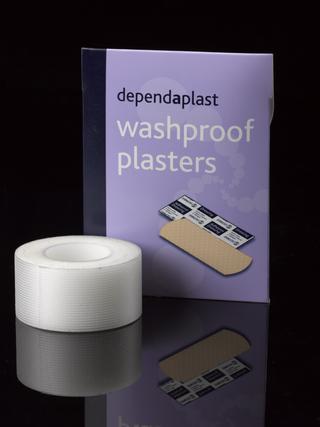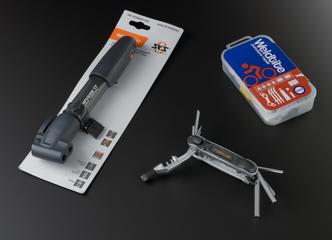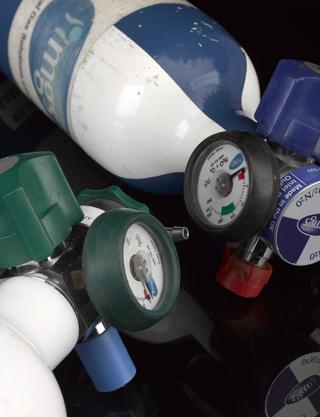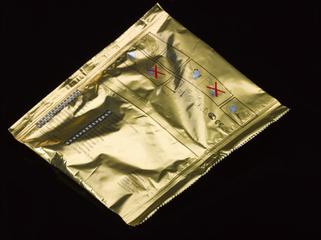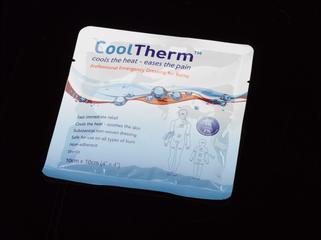
'Accident Emergency Case', England, 1920-1940


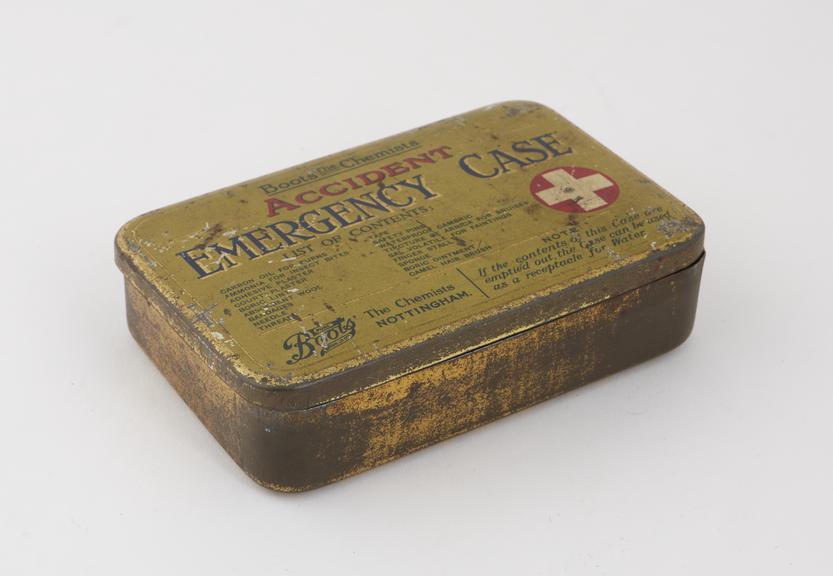
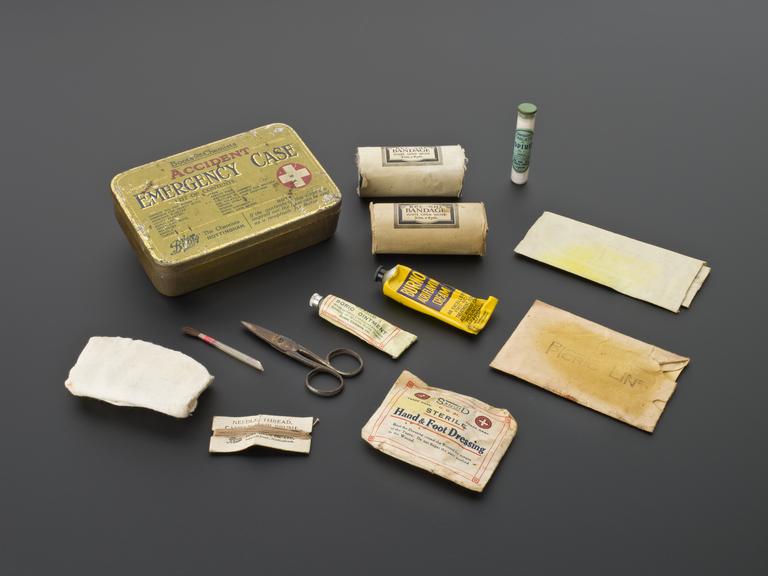
"Accident emergency case", first aid kit by Boots the Chemist, 1920-1940
The ‘Accident Emergency Case’ contained first aid equipment to deal with insect bites (ammonia), cuts and bruises (plasters, bandages and arnica), burns (carron oil), eye injuries, epileptic fits, and bone fractures. The smelling salts in the kit are used to bring around someone who has fainted. Safety pins, needle and thread and a camel-hair brush are used to apply treatments. The kit has scissors, a mild antiseptic and other dressings, which were added by its previous owner.
Made by Boots Pure Drug Company Ltd, now Boots the Chemist, the tin case can be emptied and used as a container for water.
Details
- Category:
- Emergency Medicine
- Object Number:
- 1986-1169
- Materials:
- tin
- Measurements:
-
overall: 36 mm x 141 mm x 90 mm, .26kg
- type:
- first aid kit
- credit:
- Johnson, Kevin
